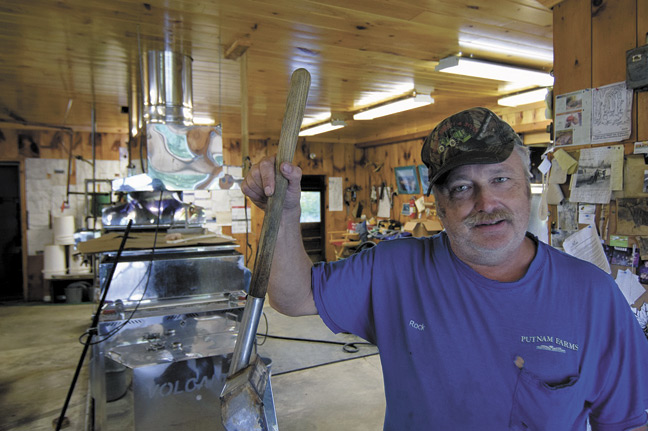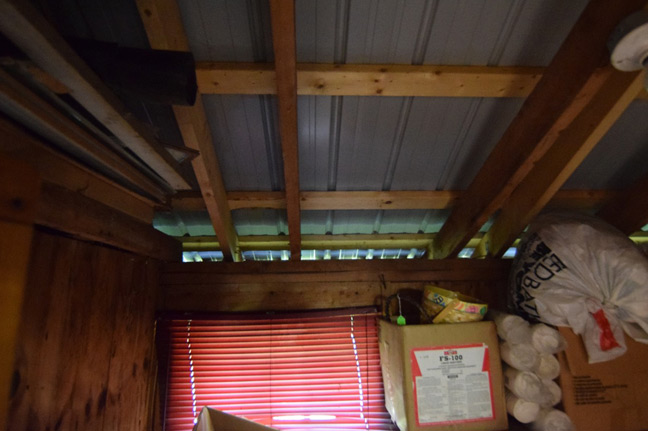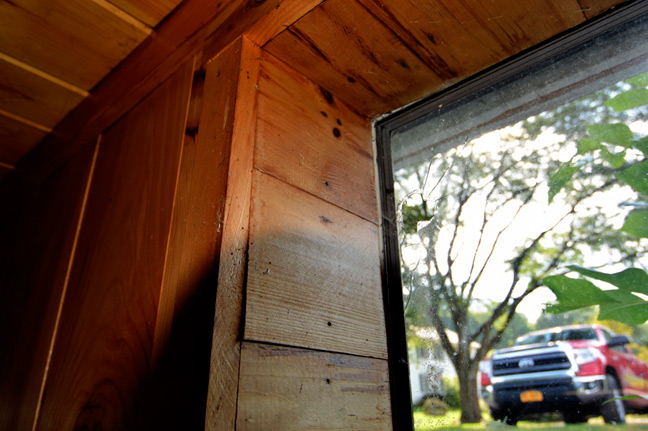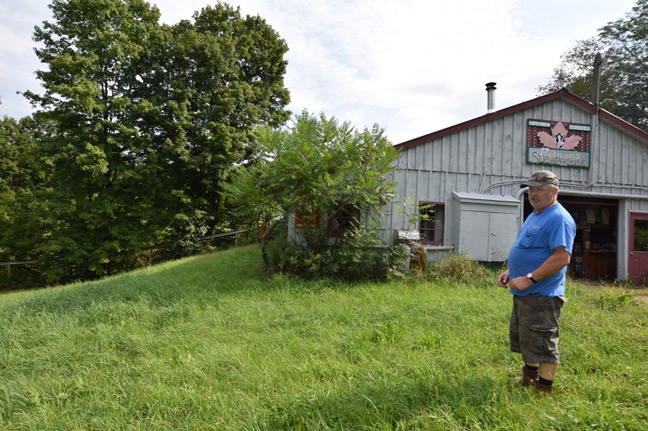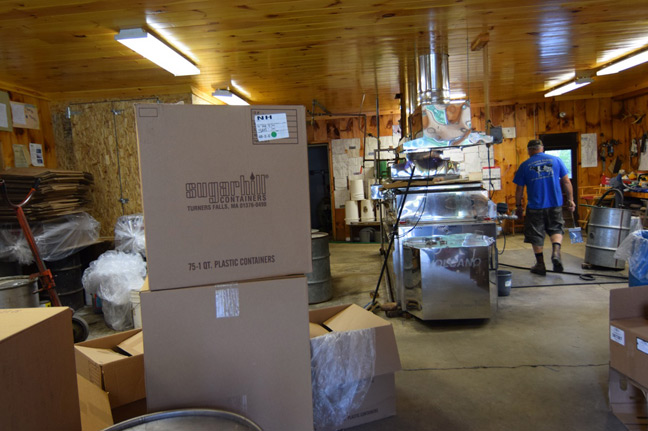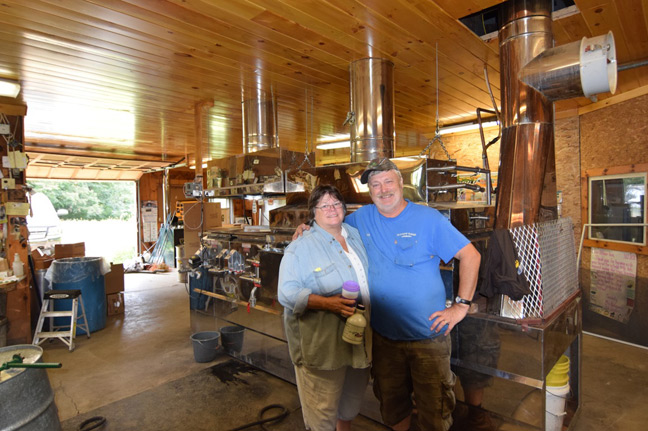Food Safety & Gov't Regulations
FDA targets N.H. sugarhouse
Two-day inspection irks sugarmakers
By PETER GREGG | NOVEMBER 2016
CHARLESTOWN, N.H.—Busted for wooden scoop handles.
That was maybe most minor, but the most irksome to the offending sugarmaker, of a number of food safety violations observed by an FDA inspector during a surprise two-day walkthrough of Putnam Brothers Maple in Charlestown, N.H. in July.
“I got kind of hostile,” said co-owner Morris “Rocky” Putnam, who with wife, Karen also operates a dairy farm on the same property, adjacent to the Connecticut River.
The investigator, John Zaccone out of an FDA branch office in Stoneham, Mass. issued Putnam a number of so-called FDA-483 “Inspectional Observations.”
In all, the investigator spent more than 10 hours in the sugarhouse over the course of two days in early July, picking and prodding every nook and cranny of the operation, finding what Putnam claims were seemingly minor problems.
Putnam also said that while the investigator was courteous and professional, he demonstrated a general lack of knowledge of maple production.
“The guy had no idea about sugaring,” Putnam said.
The investigator claimed that the sanitizing nature of the production process, where syrup is heated to temperatures far above the 161 degrees that qualifies as a pasteurization point, makes no difference in sanitizing a food-making facility.
The investigator told Putnam he needed to replace a broken pane in a window, seal off a broken roof soffit that was classified as a “pest egress” point, remove all vegetation outside the sugarhouse, never boil with the sugarhouse doors open and to not use wooden handles on scoops because they cannot be sanitized.
Investigator Zaccone also reported that the concrete and wooden support under the bottling unit in the sugarhouse was saturated with spilled maple syrup, which he classified as an “Objectionable Condition.”
Some other problems were obvious and glaring, the Putnams conceded.
The investigator said he found four birds flying through the sugarhouse when he arrived and dog feces on the floor. There was also a dead bird found. He also observed many mouse droppings and flies inside the sugarhouse.
But Putnam dismissed the problems, saying that they are common sights in summertime at sugarhouses.
“There was a fly bugging him and he made a big deal of it, but it was July,” Putnam said during a tour for The Maple News in September.
As for the dog, Putnam and his wife Karen said they would agree to keep their dog out of the sugarhouse from now on, but they were not happy about it.
“The sugarhouse without our dog is like a day without sunshine,” Karen Putnam said.
Another cited problem was how supplies were stored.
Like many sugarhouses, the Putnam’s jugs were stored in their original cardboard shipping boxes and stacked.
But the FDA inspector said cardboard storage is not allowed and invites nesting opportunities for mice and other rodents.
The inspector also told the Putnams that hands must be sanitized constantly during the boiling process, and also the hydrometer.
“He wondered why we didn’t sanitize the hydrometer after every use,” Putnam said.
The Putnams were not fined, nor officially cited as part of the lengthy inspection and the subsequent 13-page report that was filed in mid-August.
Still, the report goes on and on, page after page, with an overall tone that the Putnam’s sugarhouse, like many in New England that have been in use for decades, is too rustic and barn-like to be used for sanitary commercial food packaging.
In fact, the major “Objectionable Condition” cited in the report was the Putnam’s “failure to maintain buildings, fixtures or other physical facilities in a sanitary condition.
The inspector said that a follow up visit was certain during the maple season and that the problems must be corrected, but was vague on consequences.
“We asked him what happens if we don’t do anything,” Karen Putnam said.
The Putnams said they will still comply the best they can.
“We will keep everything clean and buttoned up and rodent free,” Karen Putnam said.
Rocky Putnam claims the inspector boasted about visiting every sugarhouse he could find in the state of New Hampshire.
He warned that sugarmakers should expect a similar wake-up call to the newfound attention that regulators may be giving the maple industry.
Kaen Putnam said the sugarhouse was targeted because she registered the operation with the FDA on the FDA website, a voluntary procedure that was encouraged by industry officials several years ago.
It is a decision the Putnams regret.
“I’ve been telling all of my friends who make syrup not to register with the FDA,” Rocky Putnam said.















